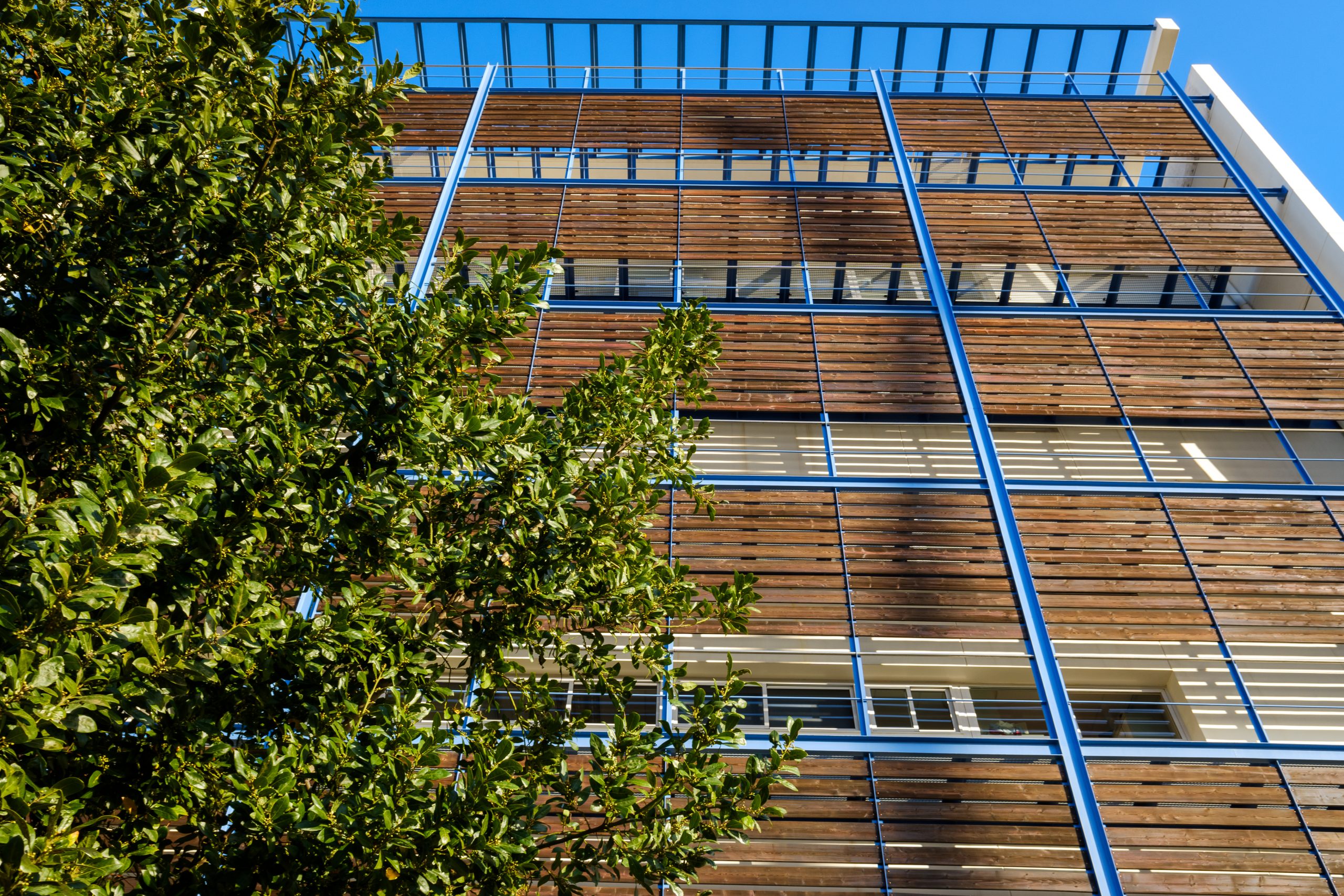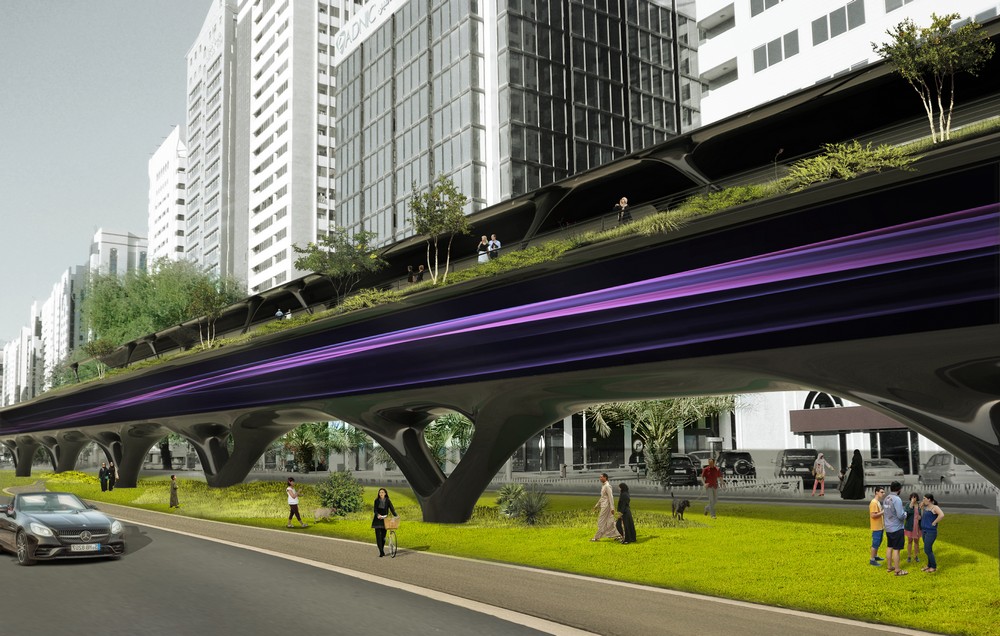How Does Architecture Integrate Principles Of Sustainable Materials In Construction?

Are you considering building or renovating a structure and want to do it in a sustainable way? Incorporating the principles of sustainable construction is not only good for the environment, but it can also save you money in the long run. Here are 7 principles to consider:
1. Site Selection
The first step in sustainable construction is selecting an appropriate site. Consider environmental factors such as soil quality, air quality, water availability, and solar exposure. A site that minimizes disruption to existing ecosystems and supports local wildlife is ideal. Using green infrastructure such as permeable pavements and rain gardens can help to protect the site's natural resources.
2. Water Management
Water management is crucial in sustainable construction. Ways to conserve water include using low flow showerheads, faucets, and toilets, as well as capturing and reusing stormwater. This not only reduces water bills but can also prevent flooding and erosion. Irrigating landscapes with rainwater is also an option.
3. Energy Efficiency
Energy-efficient construction helps to reduce greenhouse gas emissions and lower energy bills. Consider using passive solar heating and natural ventilation, as well as high-performance insulation and windows to reduce heat loss and gain. Incorporating renewable energy sources such as solar or wind power is another option.
4. Material Selection
The materials used in construction can have significant environmental impacts. Choose materials that are reusable, recyclable, or made from renewable resources. Materials with low embodied energy (the energy required to produce, transport, and install) are also preferable. Waste reduction and recycling on-site can also help to minimize environmental impact.
5. Indoor Air Quality
The quality of indoor air can have a significant impact on health and well-being. Choose materials and finishes that do not off-gas harmful chemicals. Provide adequate ventilation to improve air quality. Using high-efficiency air filters, HVAC systems, and monitoring CO2 levels can also help.
6. Waste Reduction
Construction often generates a significant amount of waste. Reducing waste can help to save money, reduce environmental impact, and create a healthier environment for workers. Using prefabricated or modular construction techniques can reduce waste. Recycling construction waste and using recycled materials can also help to reduce waste.
7. Adaptability and Resilience
Designing for adaptability and resilience means that structures can be easily modified or adapted for new uses or changing conditions. This can reduce the need for new construction and conserve resources. Incorporating green infrastructure can also help to increase resilience by reducing the impact of natural disasters and climate change.
By incorporating these principles into your construction project, you'll be doing your part in reducing environmental impact and creating a more sustainable future. Here are some common questions about sustainable construction:
FAQs
1. How much does sustainable construction cost compared to traditional methods?
Sustainable construction often costs more upfront, but can save money in the long run due to reduced energy and water bills. Additionally, many sustainable materials and techniques are becoming more cost-competitive with traditional methods.
2. Are there any incentives or certifications for sustainable construction?
Yes, there are many certifications available for sustainable construction, such as LEED and Green Globes. Additionally, many states and municipalities offer incentives or tax credits for sustainable construction projects.
3. How can I find sustainable materials and resources for my project?
There are many online resources for finding sustainable materials and products, such as the Environmental Building News and GreenSpec. Additionally, many construction material suppliers now offer sustainable options.
4. Is it possible to retrofit an existing structure to make it more sustainable?
Yes, it is possible to retrofit an existing structure to make it more sustainable. This can include updating insulation, HVAC systems, and lighting, as well as incorporating renewable energy sources and water-efficient appliances.
5. What are some benefits of sustainable construction?
Sustainable construction has many benefits, such as reduced energy and water bills, improved indoor air quality, and a reduced environmental footprint. Additionally, it can create a healthier and more comfortable living or working environment.
6. What are some challenges of sustainable construction?
Some challenges of sustainable construction include higher upfront costs, difficulty in finding sustainable materials and products in some areas, and navigating local building codes and regulations. However, as sustainable construction becomes more mainstream, many of these challenges are being addressed.
7. What are some examples of sustainable construction projects?
There are many examples of sustainable construction projects, such as the Bullitt Center in Seattle which generates more energy than it uses, or the Xerox Center for Innovation in New York which uses rainwater for irrigation and cooling.
8. What are some green infrastructure options for sustainable construction?
Green infrastructure options for sustainable construction include green roofs, permeable pavements, rain gardens, and bioswales. These features help to manage stormwater, reduce heat island effect, and provide habitat for wildlife.
Now that you have a better understanding of sustainable construction, consider incorporating these principles into your next construction project and take a step towards a more sustainable future.




Post a Comment for "How Does Architecture Integrate Principles Of Sustainable Materials In Construction?"